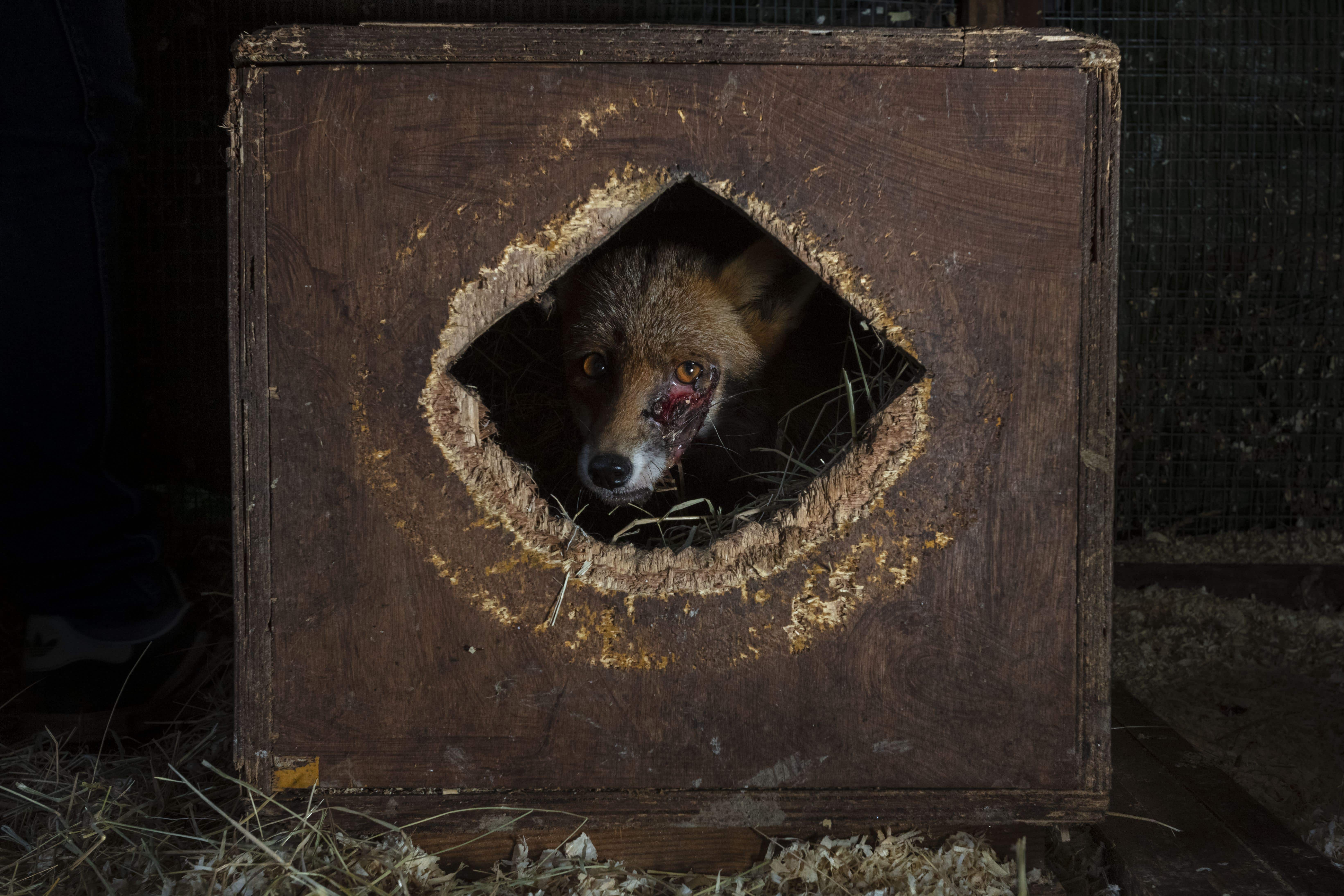First images in Wildlife Photographer of the Year competition revealed
The 59th competition received nearly 50,000 entries from 95 countries.

Your support helps us to tell the story
From reproductive rights to climate change to Big Tech, The Independent is on the ground when the story is developing. Whether it's investigating the financials of Elon Musk's pro-Trump PAC or producing our latest documentary, 'The A Word', which shines a light on the American women fighting for reproductive rights, we know how important it is to parse out the facts from the messaging.
At such a critical moment in US history, we need reporters on the ground. Your donation allows us to keep sending journalists to speak to both sides of the story.
The Independent is trusted by Americans across the entire political spectrum. And unlike many other quality news outlets, we choose not to lock Americans out of our reporting and analysis with paywalls. We believe quality journalism should be available to everyone, paid for by those who can afford it.
Your support makes all the difference.A scar-faced fox, a hitchhiking macaque and two storks hunting by a controlled fire are among the first images released in this year’s Wildlife Photographer of the Year exhibition.
Developed and produced by the Natural History Museum, the competition showcases some lesser-known behaviours and habitats while exposing human impact on an increasingly fragile natural world.
More than a dozen images which received highly commended awards in their categories have been released ahead of the winners’ awards ceremony on October 10, announced by wildlife TV presenters and conservationists Chris Packham and Megan McCubbin.
The 59th competition received nearly 50,000 entries from 95 countries, with photographers judged anonymously on their creativity, originality and technical skill.
Caitlin Henderson was able to snap a possum munching on insects in the middle of the night outside her balcony window in Queensland, Australia.
“There were heads here, wings there,” she said after capturing the marsupial dismembering a green cicada.
Atsuyuki Ohshima caught the moment a macaque sprang from a tree on to a deer on the Japanese island of Yakushima.
Young male primates have been known to land on female deer and try to mate with them, but in this case the macaque was a young female who appeared to be enjoying the ride.
Among the 15 images is a fox in a Kent rehabilitation centre after being attacked, most likely by dogs, and two white storks hunting alongside a fire in Kenya that had been lit to clear bushland.
A rare snow leopard hunting a Pallas’s cat in China, a mason bee building its home from twigs, the swirling spores of a mushroom in Greece and a tiger cub being evacuated from eastern Ukraine also feature.
Chairwoman of the judging panel Kathy Moran said: “What most impressed the jury was the range of subjects, from absolute beauty, rarely seen behaviours and species to images that are stark reminders of what we are doing to the natural world.
“We felt a powerful tension between wonder and woe that we believe came together to create a thought-provoking collection of photographs.”
An exhibition will run at the Natural History Museum from October 13 until June 30 next year with a UK and international tour of the photos afterwards.
Dr Doug Gurr, director of the Natural History Museum, said: “We are facing urgent biodiversity and climate crises and photography is a powerful catalyst for change.
“The Wildlife Photographer of the Year exhibition reveals some of nature’s most wondrous sights whilst offering hope and achievable actions visitors can take to help protect the natural world.”